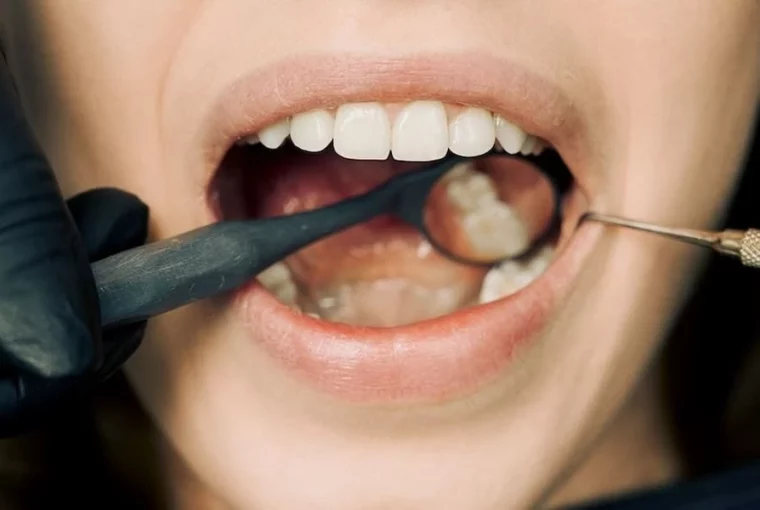Snap-on veneers are a great way to quickly and easily improve the appearance of your smile. They are a great alternative to traditional veneers, and they are much more affordable. Snap-on veneers are a thin, durable resin that is custom-made to fit over your existing teeth. They are easy to apply, and they provide a natural, beautiful look. With snap-on veneers, you can achieve a great smile without the cost and time commitment of traditional veneer treatments.
The Surgical Technique
The first step that you will need to take to get veneers is to schedule an appointment with your dentist. Your dentist will tell you about the process and give you an estimate of how much it will cost. The procedure is done in the dental office. During the procedure, your dentist will take impressions of your teeth to create a model of the shape of your teeth.
The model of your teeth is sent to a dental lab to be made into a hard, porcelain material. This hard porcelain material is called a “veneer.” Your dentist will then make small cuts in your teeth to fit the model in place. The cuts are made by a dental drill.
After your teeth have been prepared, your dentist will place the veneers on your teeth. The veneers are then bonded to your teeth using special adhesives.
The Aftercare Procedure
After the veneers are placed on your teeth, you will need to follow up with your dentist every three months until you have completed the healing process. This will allow the veneers to settle in place, and it will also allow your dentist to make any necessary adjustments to ensure that they are firmly attached.
Patients Who May Benefit From Veneers
Veneers are considered a cosmetic dentistry treatment, but they can also be used in situations where a patient has severe tooth decay or other dental problems. Many times, veneers may be used to help patients who have lost their natural tooth structure due to tooth decay or gum disease. Other times, veneers may be used to help patients who have lost a tooth due to trauma or an accident.
What Happens During The Procedure
During the procedure, your dentist will make small cuts in your teeth and then place a temporary crown on top of each tooth. After your temporary crowns have been placed on your teeth, your dentist will take impressions of the teeth again. These impressions will be used to create a permanent crown that fits on top of all of your temporary crowns. This process is called “crowning.” The permanent crowns and temporary crowns must be placed on all of your teeth in order for them to be properly attached.
After this process, your dentist will then make more cuts in your teeth and place permanent crowns on all of the teeth that were prepared for veneers. Once all of the permanent crowns are placed on all of your teeth, the veneer process is complete. The veneers and permanent crowns will now form a complete set of teeth that can be easily removed or replaced if necessary.
Veneer Process And Problems
During the veneer process, there are some risks that you may experience. A common problem during the veneer process is that the adhesives used to bond the veneers on your teeth may not hold up properly over time. If you experience this problem, it is important that you contact your dentist immediately.
You may need to have additional work done on your teeth in order for the veneer process to be completed properly. This additional work can include tooth removal or repairs, crown placement, or other treatments that may be needed. If this occurs, there may be additional costs that you will have to pay for the additional care that needs to be done on your teeth.
Recovery And Follow-Up After Veneers Are Done
After getting veneers, you will likely experience some discomfort as your gums begin to heal from the procedure. You should wear a night guard for at least one week after getting veneers. This guard will prevent you from accidentally biting down on your gums while sleeping or during the day. You should also follow up with a dentist every three months for about six months after getting veneers. This is necessary so that any adjustments can be made to ensure that the veneers are firmly attached to your teeth. Otherwise, they may fall off or become loose over time.
If you have had a significant amount of tooth damage or decay, you may want to consider getting veneers as part of a cosmetic dentistry treatment option. Veneers can help improve the appearance of your smile and they can also help keep your teeth looking good for a longer period of time than if you did not get veneers.




